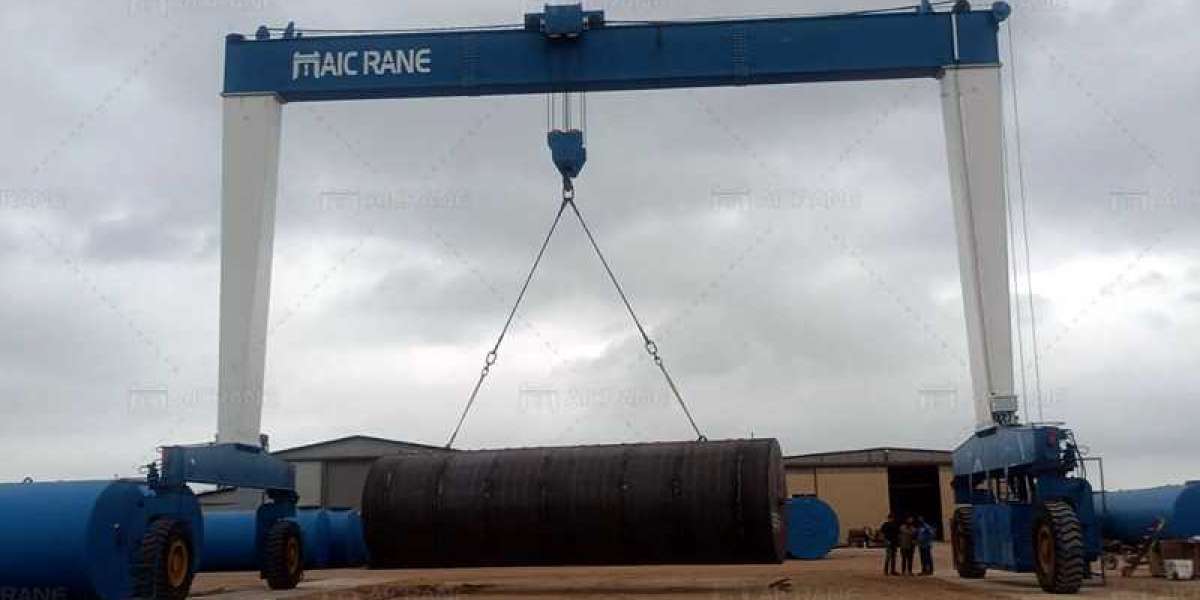When it comes to NFT marketplace development, choosing the right technology stack is crucial to building a secure, scalable, and user-friendly platform. A technology stack is a set of tools, technologies, and frameworks used to build a software application. In this article, we will discuss the importance of choosing the right technology stack for your NFT marketplace and explore some of the most popular options available today.
Why is Choosing the Right Technology Stack Important?
Choosing the right technology stack is important because it can significantly impact the performance, scalability, and security of your NFT marketplace. A well-chosen technology stack can help you build a platform that is fast, reliable, and user-friendly. On the other hand, a poorly chosen technology stack can result in a slow, buggy, and insecure platform that fails to meet the needs of your users.
Popular Technology Stacks for NFT Marketplace Development
Ethereum
Ethereum is one of the most popular blockchain platforms for NFT marketplace development. It is an open-source blockchain that allows developers to build decentralized applications (dApps) using smart contracts. Ethereum offers a variety of programming languages, including Solidity and Vyper, which are specifically designed for smart contract development. This makes it an ideal choice for building NFT marketplaces that require smart contracts to manage the creation, ownership, and transfer of NFTs.
Binance Smart Chain
Binance Smart Chain is another popular blockchain platform for NFT marketplace development. It is a high-performance blockchain that is designed to be compatible with the Ethereum Virtual Machine (EVM). This means that developers can use the same programming languages and tools that they use for Ethereum smart contract development. Binance Smart Chain offers fast transaction times and low fees, making it an attractive option for building scalable and cost-effective NFT marketplaces.
Polygon
Polygon is a layer-2 scaling solution for Ethereum that is designed to improve the speed and scalability of the Ethereum network. It is a sidechain that is built on top of the Ethereum blockchain and offers faster transaction times and lower fees than Ethereum. This makes it an attractive option for building NFT marketplaces that require fast and cost-effective transactions. Polygon also offers a variety of programming languages and tools that are compatible with Ethereum smart contract development.
IPFS
InterPlanetary File System (IPFS) is a decentralized storage system that is designed to be fast, secure, and reliable. It is a peer-to-peer network that allows users to store and retrieve files from a distributed network of nodes. IPFS is often used in NFT marketplace development to store and distribute NFT metadata and other digital assets. This can help improve the performance and scalability of NFT marketplaces by reducing the load on the blockchain.
Conclusion:
Choosing the right technology stack is critical to the success of your NFT marketplace. Each technology stack has its strengths and weaknesses, and the choice ultimately depends on your specific requirements and objectives. Ethereum, Binance Smart Chain, Polygon, and IPFS are just a few of the many options available today. By carefully considering the pros and cons of each option, you can choose the best technology stack for your NFT marketplace and build a platform that is secure, scalable, and user-friendly.






